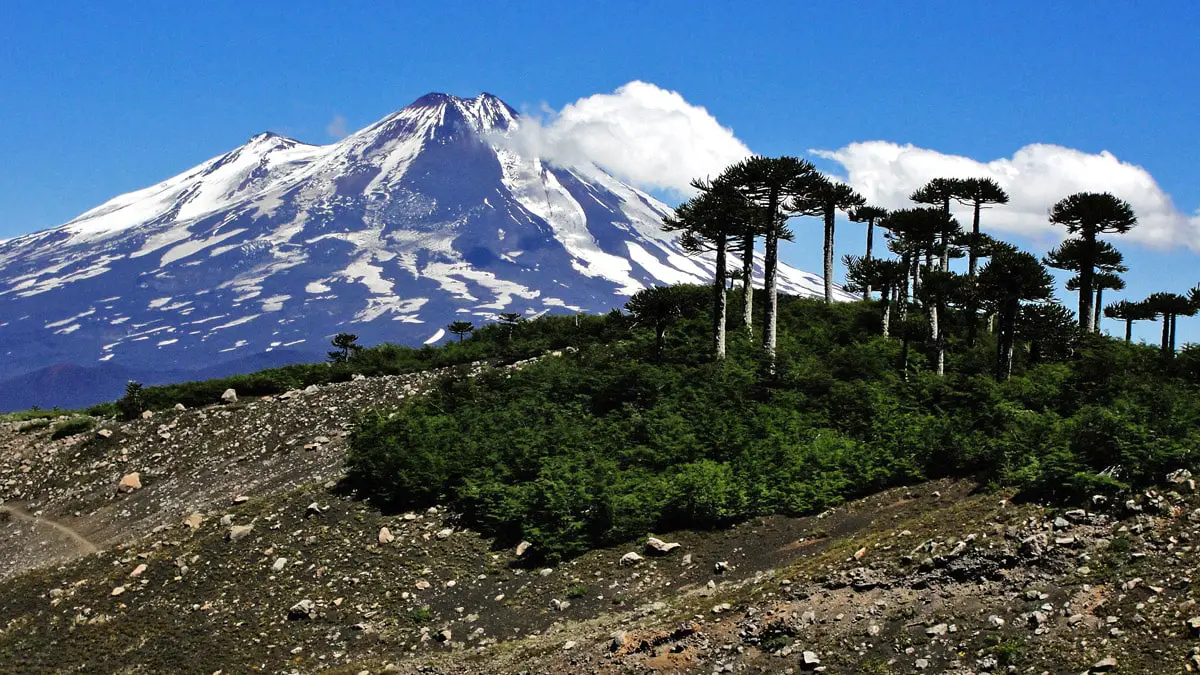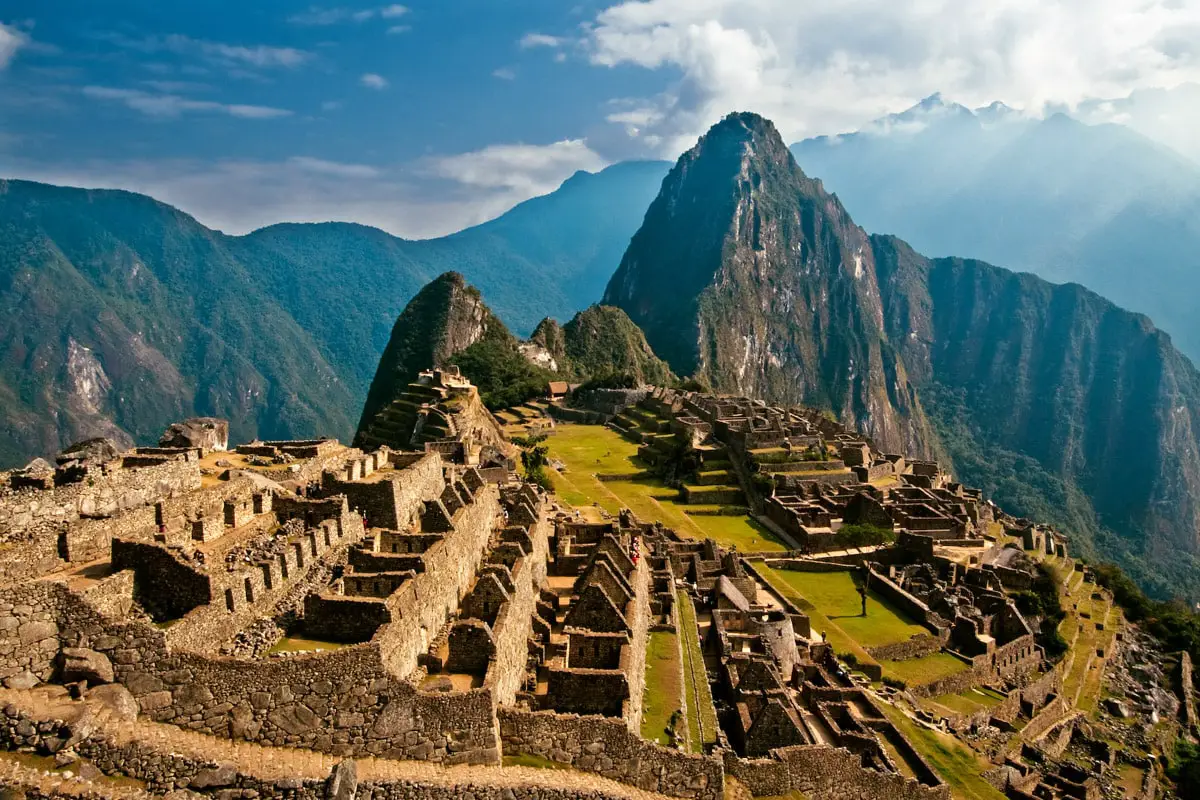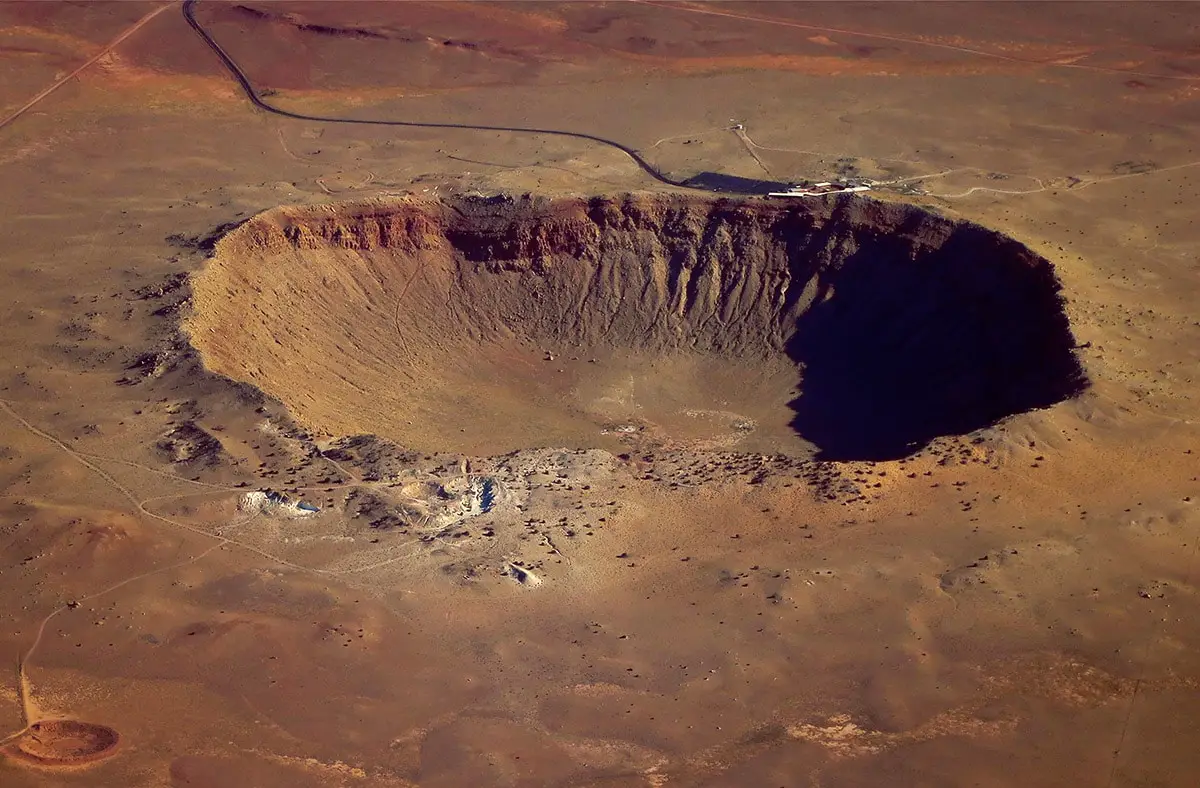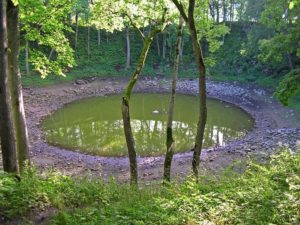World 🢖 South America 🢖 Chile
Impact craters 🢔 Geological wonders 🢔 Categories of wonders
Wonder
Monturaqui Crater

 In short
In short
One of the most impressive meteorite craters in South America is Monturaqui Crater. It was first described in scientific literature in 1966 (Sanchez, Cassidy) – then it got its name too.
 43.3%
43.3%
GPS coordinates
Location, address
Diameter
Depth
Age
Map of the site
If you see this after your page is loaded completely, leafletJS files are missing.
 In detail
In detail
This crater was created some 660 000 years ago by a meteorite coming from the north-west. It is speculated that the Campo del Cielo craters in nearby Argentina appeared at this same time.
The site is located approximately 3,000 m above sea level. Thus the meteorite had to pass only through half of the total mass of the atmosphere if compared with meteorites, which fall into the sea.
Meteorite here hit a thin layer of volcanic rock – 3.2 million years (Pliocene) old ignimbrites. It penetrated it and smashed a granite under it as well. As the meteorite was falling askew, the crater is elongated in the northwest-southeast direction, the steepest edge (35 degrees steep) is in the south-east. Also, the rim of the crater in the south is 10 – 15 m higher than in the north.
In the vicinities of the crater and inside it have been found corroded pieces of iron, glassy impactites, Ni-Fe-Co-P spherules.
In the northern part of the crater is located a small, temporary lake, created by the rare rain in summer. This lake has left a layer of lime sediments.
References
- Sanchez, J., Cassidy, W. A., A previously undescribed meteorite crater in Chile. Journal of Geophysical Research, v. 71, pp. 4891-4895. 1966.
- Ugalde, H., Valenzuela, M., Milkereit, B. An integrated geophysical and geological study of the Monturaqui impact crater, Chile, Meteoritics & Planetary Science 42, Nr 12, 2153 – 2163 (2007).
Monturaqui Crater is included in the following article:
 Linked articles
Linked articles

Wonders of Chile
The natural and man-made heritage of Chile is very diverse, also thanks due to the extreme length of the country extending from the driest deserts in the north to the most southern historical inhabited lands of the world in Patagonia. Highlights of Chile are magnificent views of Patagonian Andes and fjords, the volcanic landscape of Northern and Central Chile, and the driest desert of the world – the Atacama.

Wonders of South America
There is little doubt – South America is one of the most spectacular… maybe the most spectacular continent of the world.
There is located the second-highest mountain chain in the world, the largest rainforest, the tallest volcanoes, and the tallest and largest waterfalls. The highest biological diversity in the world is reached somewhere near the eastern ranges of the Andes in Ecuador, Peru, or Colombia.

Impact craters
There are many pieces of solid matter flying around in space. And VERY frequently they fall on the surface of the Earth. There are estimates that every year on Earth fall 18,000 – 84,000 meteorites larger than 10 grams: e.g. one meteorite every 6 – 30 minutes.
This category includes outstanding impact craters – detectable scars on the surface of Earth left by a body coming from outer space. The category includes also meteorites – natural objects from outer space.
 Recommended books
Recommended books
Meteorites & Meteorite Impact Craters Around the World
Meteorite Craters Around the World – throughout Earth’s history, meteorites have
pummeled the planet’s surface. These collisions have caused mass extinctions and even climate change on a global scale.
Sites of Impact: Meteorite Craters Around the World
The best-preserved impact sites are often difficult to access – buried under ice, obscured by foliage, or baking in desert climes. These desolate landscapes are connected to another place outside of our world, and for photographer Stan Gaz they are sites of pilgrimage – steps in a journey begun as a curious young boy accompanying his father on geological expeditions, and culminating in a six-year journey traveling the globe in search of these sites, much of that time spent leaning his medium format camera out of an open-sided helicopter.



